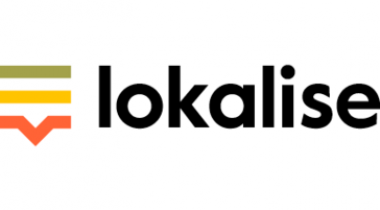Redokun is a translation tool for InDesign documents. It allows companies to translate without having to fix the layout again. They can use the export/import of segments, or invite co-workers and translators to use the WE (Web Editor) and translate their documents
Redokun
Customer Reviews
Redokun Reviews
Dieter M.
Advanced user of RedokunWhat do you like best?
Ability to do quick translations of (updated) InDesign documents based without waiting a few days on the translation agency.
The tags and markers in the web editor make it easy to keep styling.
It's well-optimized for InDesign. Generated files are much better (styling is better preserved)
than an InDesign file generated by SDL Trados by our translation agency. There is far less cleanup necessary of the translated InDesign files.
Easy to use. It has the necessary functionality without making it complex.
Support is very friendly and helpful.
No vendor lock-in. If we decide to stop using Redokun one day, we lose nothing. Translation memory can be exported to standard TMX files.
Ability to work with translation agencies (using XLIFF export) as well as internal translators (using XLSX or the web editor).
Pre-Translate function saves big on translation costs and time.
What do you dislike?
While the web editor feels intuГЇtive, I feel translators who never used it really need some time to grasp the concept of tags and markers.
Doesn't have the bells and whistles of a full fledged CAT tool. For example, Redokun has a Translation Memory (for full segments) but lacks a Term Base (for terms)
TM manager (to search and edit the Translation Memory) is not included in lower pricing plans.
Recommendations to others considering the product:
Check out which segmentation setting works best for you and your agency. In our case, the sentence segmentation matched our existing translation memory much better than the default paragraph segmentation.
What problems are you solving with the product? What benefits have you realized?
Most of our documentation is translated by an agency. Before Redokun, we submitted the source InDesign file and some days later we received the translated InDesign file. Although we had to do quiet a lot of cleanup in the files afterwards (fix styling issues), it was ok. Costly, but it works.
The real hassle starts when a document needed to be updated. We had two choices:
Option A: Keep track of the changes in the source files, collect the changes and have them translated, and apply the changes manually in the other language versions.
Problem: very time consuming and hard to keep track of the changes (and even more when there are new updates while text is in translation). Often changes get forgotten, and language versions of a document become outdated.
Option B: Submit the full document with our translation agency again. This works, but costs (a lot of) money, even though they use a translation memory. Plus, all the cleanup work afterwards needs to be done again.
Neither feels like a good workflow. This is where Redokun came in. It acts like a filter between the graphic desinger (like myself) and the translation agency. No need to track changes in updated documents anymore: Redokun detects which text segments are new and automatically fills in what's possible based on it's translation memory. The web editor helps us to quickly translate updated texts with small changes. And the rest of the new text is sent to our translation agency as usual. Of course, this time we only pay for the new segments. When we receive the translations, we upload them in Redokun and generate the translated InDesign.
Simply put: with Redokun we found a translation workflow that, well... works. Even if it wouldn't save on translation costs (which it does), I would still use it because of the speed and control it offers for our translations.
Note: using Redokun mostly for InDesign files (since that was the only supported filetype) recently using it for HTML and Office documents too.














